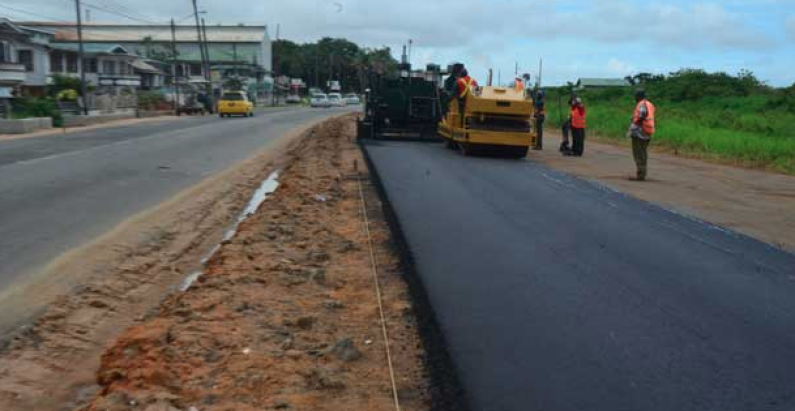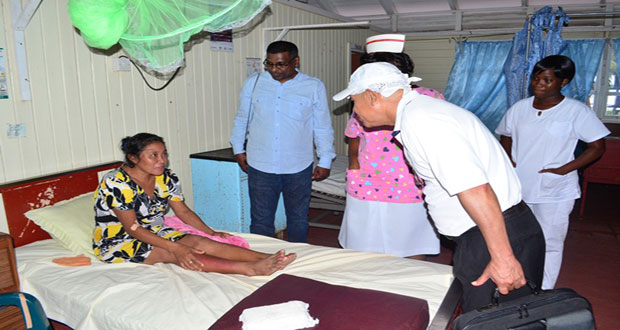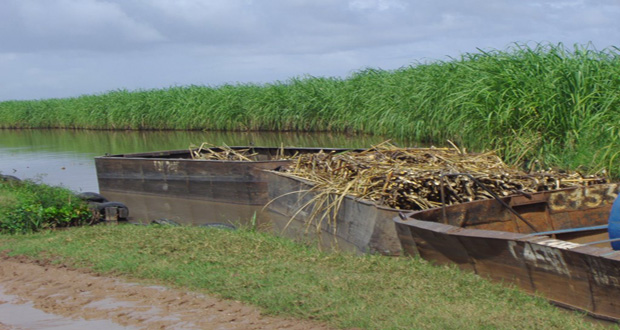Guyana’s economy has started to rebound -Finance Minister
Mr. Jordan in his budget presentation reflected on the economy over the past year, pointing out that the last budget was presented just after the new government took office. He said the government took over the economy at a time when there was decline but it is now rebounding and that might be to the disappointment of the Opposition and others.

In his second National Budget in less than six months, Guyana’s Minister of Finance, Winston Jordan, told the National Assembly that Guyana’s economy has started to see a turn around.
Mr. Jordan in his budget presentation reflected on the economy over the past year, pointing out that the last budget was presented just after the new government took office. He said the government took over the economy at a time when there was decline but it is now rebounding and that might be to the disappointment of the Opposition and others.
He said the economy grew by 3% and that growth was realised because of the business community’s confidence in the local economy. The projected growth rate was set at 3.4%.
“Last year was difficult for Guyana’s economy but by the end we recorded no job losses and the business community’s confidence had been restored… a bitter disappointment to opposition members and others who had predicted gloom”, Jordan said.
On the Agriculture front, Minister Jordan said the sugar sector saw growth in 2015 but although the rice sector saw growth in production, it was faced with the loss of the Venezuelan market.
Venezuela was responsible for importing more than 30% of Guyana’s rice.
Mining and quarrying also saw growth in production and that was cushioned heavily by the gold mining sector.
However, Minister Jordan complained about the continued smuggling of gold out of Guyana. He said the government is making moves to stem the smuggling of over 15,000 of gold per week.
“The policies, programs and measures in this budget are designed to stimulate the economy to achieve higher growth rates… we cannot continue to accept the same see saw growth we have experienced over the last three years,” the Minister said.
During 2015, the government collected $142.9 Billion in taxes. The value added tax was responsible for $35.4 Billion and that represented a decline.












